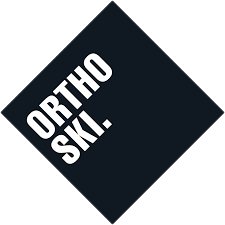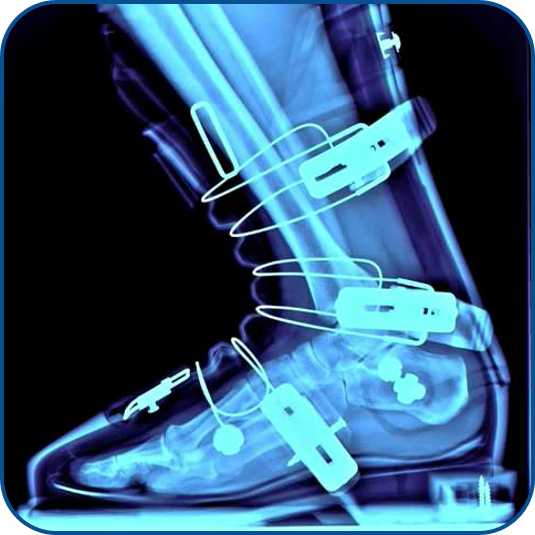What the foot?
Full Tilt’s ski boot skeleton
Like us grown-ups, the foot has a job to do. Unlike all of us, it’s a damn important job. It holds us up, walks over rough surfaces, has 26 tiny bones and 13 joints that hold the weight of our body plus the extra forces (three to five times the body weight!) put through it when walking, running, jumping, hopping, skipping, dancing and skiing. And yet it is also sensitive enough to feel a tiny grain of sand between our toes. Astounding.
Leonardo Da Vinci said, “the human foot is a masterpiece of engineering and a work of art”, and I absolutely agree. It is amazing, and yet so often we take for granted what it does for us… until it gets sore. Then we freak out about why it’s sore and isn’t working properly. When really, we should just be amazed it can do its usual feats of brilliance without issues!
The human foot is designed for standing, walking and running. But sometimes the loads we’re wanting to put through it can be more than what it’s ready for. When we start running and get sore feet because we’ve increased the load on the foot faster than it can adapt to the changes, we look at reducing these loads with strengthening, stretches or maybe orthotics (and usually better footwear).
The complexity of the foot and its mechanical function means there is a limit to the absolute understanding of it by humans and it is constantly debated amongst academics and clinicians. When it comes to skiing, the foot was absolutely not designed to be in a ski boot (a honking, great plastic box) or be in the same position all day. The foot is designed to move, to conform, to flex and stretch yet a ski boot prevents these natural motions.
In a ski boot the foot needs some extra help to support the crazy forces that we’re putting through it. The foot needs to be able to allow for some pronation (rolling in of the ankle and midfoot) to initiate turns and absorb shock. It also needs to be able to supinate (rolling out) to create a rigid platform with which to hold an edge and go through the middle and end of a turn. And every movement you make, you want it to translate into the ski to control your skiing. So much movement, yet so little space! The pronation movements need to be supported correctly with a ski orthotic, otherwise too much pronation will result in a floppy-mess of a foot and leg and put you at heightened risk of injury - especially to the knees.
Therefore, the first port of call to resolve most ski boot issues is an appropriate ski orthotic. They independently fix half of the problems that pop up and keep the foot stable and secure so the rest of the issues can then be dealt with. Ski orthotics disperse pressure evenly across the bottom of the foot to prevent burning spots, they support and align to prevent muscle fatigue, and improve translation of your movements into the boot and ski with less energy loss.
So, whatever the issue or injury, a thorough understanding of the anatomy, physiology and biomechanics of the foot is mandatory for those attending to your ski boots.

